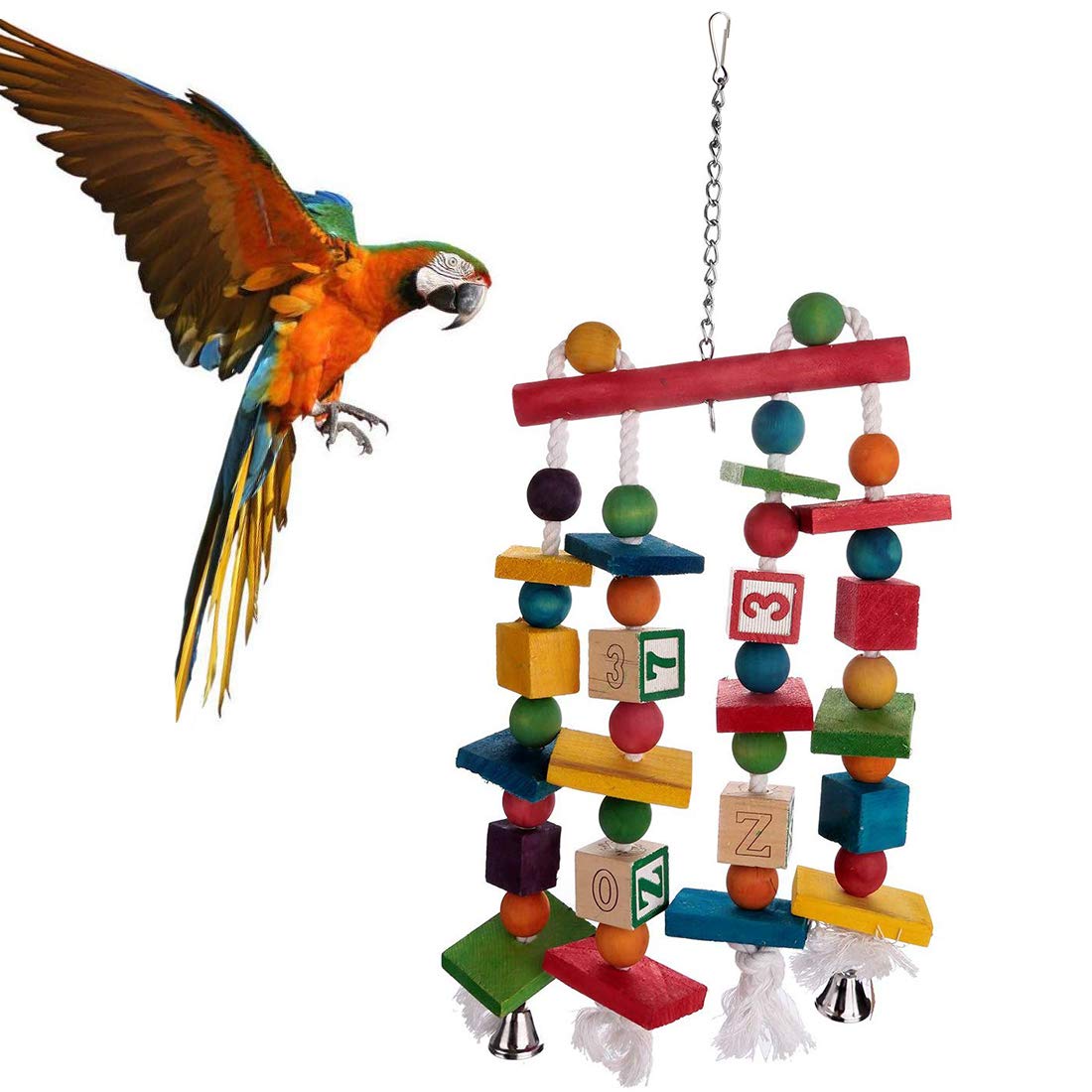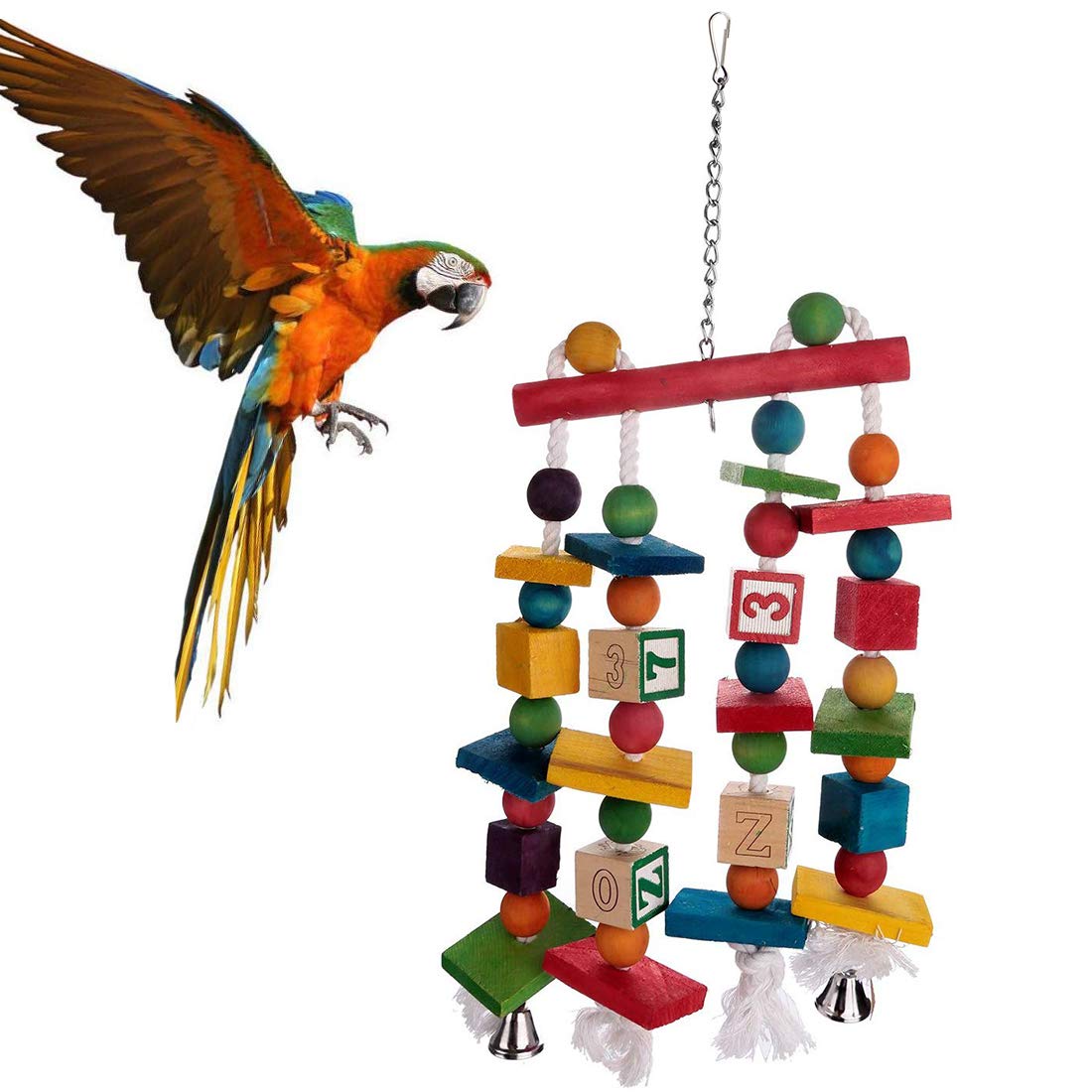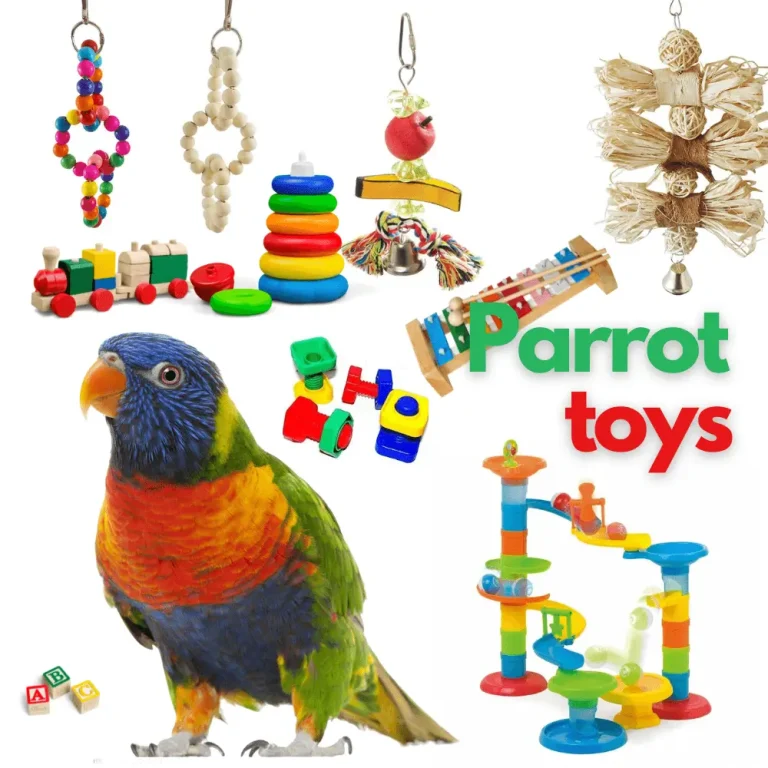Parrots are intelligent, social creatures that require mental and physical stimulation to thrive. Without adequate enrichment, they can develop behavioral issues such as feather plucking, excessive screaming, and aggression. Implementing a variety of enrichment strategies can help prevent boredom and promote a healthy, happy life for your feathered friend.
🧠 Mental Stimulation
1. Foraging Activities
In the wild, parrots spend a significant portion of their day foraging for food. Replicating this behavior in captivity can provide essential mental stimulation.
- DIY Foraging Toys: Use items like paper cups, coffee filters, or cardboard boxes to hide treats. For example, wrapping a nut in a paper towel and placing it inside a cup can create an engaging foraging challenge.
- Commercial Foraging Toys: Toys designed to hide treats can encourage problem-solving and keep your parrot engaged.

2. Puzzle and Manipulative Toys
Toys that require your parrot to manipulate parts to access a reward can enhance cognitive skills. These can include toys with levers, doors, or compartments that hide treats.
🧩 Physical Enrichment
3. Variety of Toys
Providing a range of toys caters to different play styles and prevents boredom. Rotate toys regularly to maintain interest.
- Chewable Toys: Made from bird-safe wood or other materials, these satisfy the natural urge to chew.
- Shreddable Toys: Items like paper or soft wood that can be torn apart.
- Foot Toys: Small toys that parrots can hold and manipulate with their feet.
4. Climbing and Swinging Structures
Incorporate ropes, ladders, and swings to encourage physical activity. These structures promote exercise and mimic natural movements.

🎶 Sensory Enrichment
5. Auditory Stimulation
Parrots enjoy a variety of sounds. Playing music, nature sounds, or even leaving the radio on can provide auditory enrichment.
6. Visual Stimulation
Introduce toys with bright colors or hang bird-safe mirrors to stimulate visual senses. Ensure mirrors are used appropriately to avoid behavioral issues.
🏡 Environmental Enrichment
7. Cage and Play Area Setup
Ensure your parrot’s cage is spacious and equipped with various perches, toys, and foraging opportunities. Allow supervised out-of-cage time in a safe environment to explore and interact.
8. Natural Elements
Incorporate natural branches, leaves, and safe plants into your parrot’s environment. These elements can provide additional stimulation and mimic natural habitats.
🧑🤝🧑 Social Interaction
9. Regular Human Interaction
Spend quality time with your parrot daily. Engage in activities like talking, training, or simply being present to strengthen your bond.
10. Training Sessions
Teaching your parrot new tricks or behaviors using positive reinforcement can be mentally stimulating and enhance your relationship.

Implementing these enrichment strategies can significantly improve your parrot’s quality of life, preventing boredom and promoting overall well-being. Remember to observe your parrot’s preferences and adjust activities accordingly to keep them engaged and happy.

